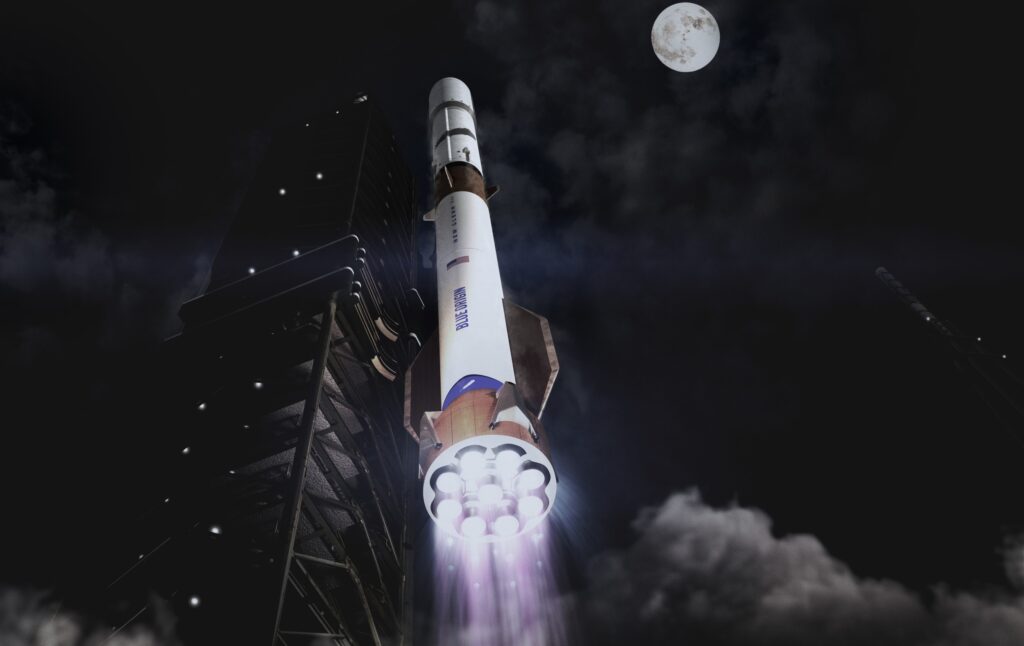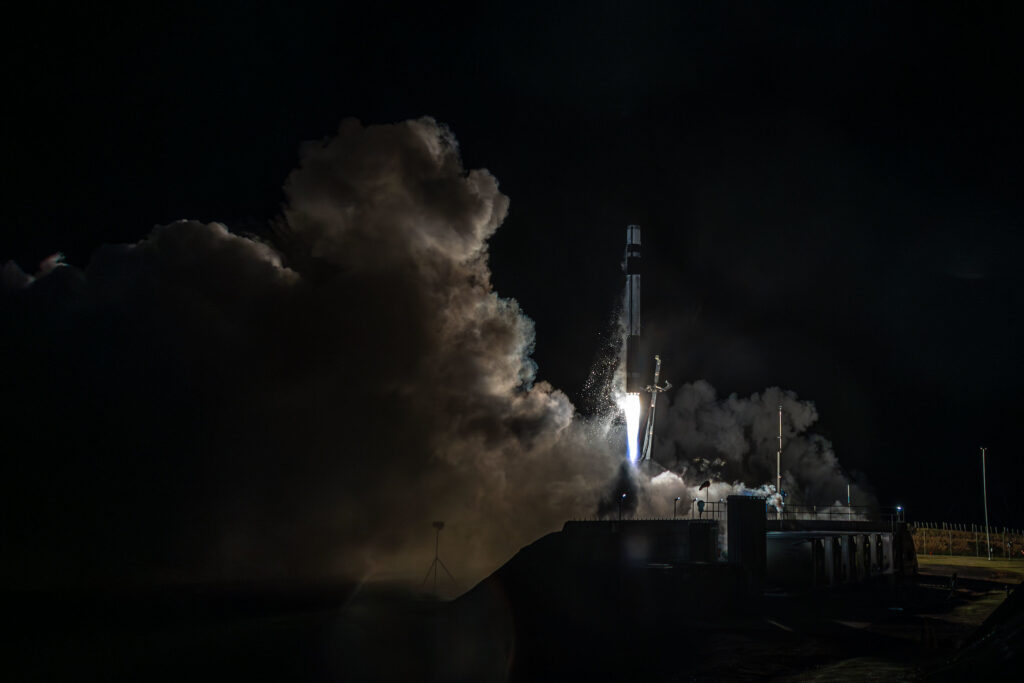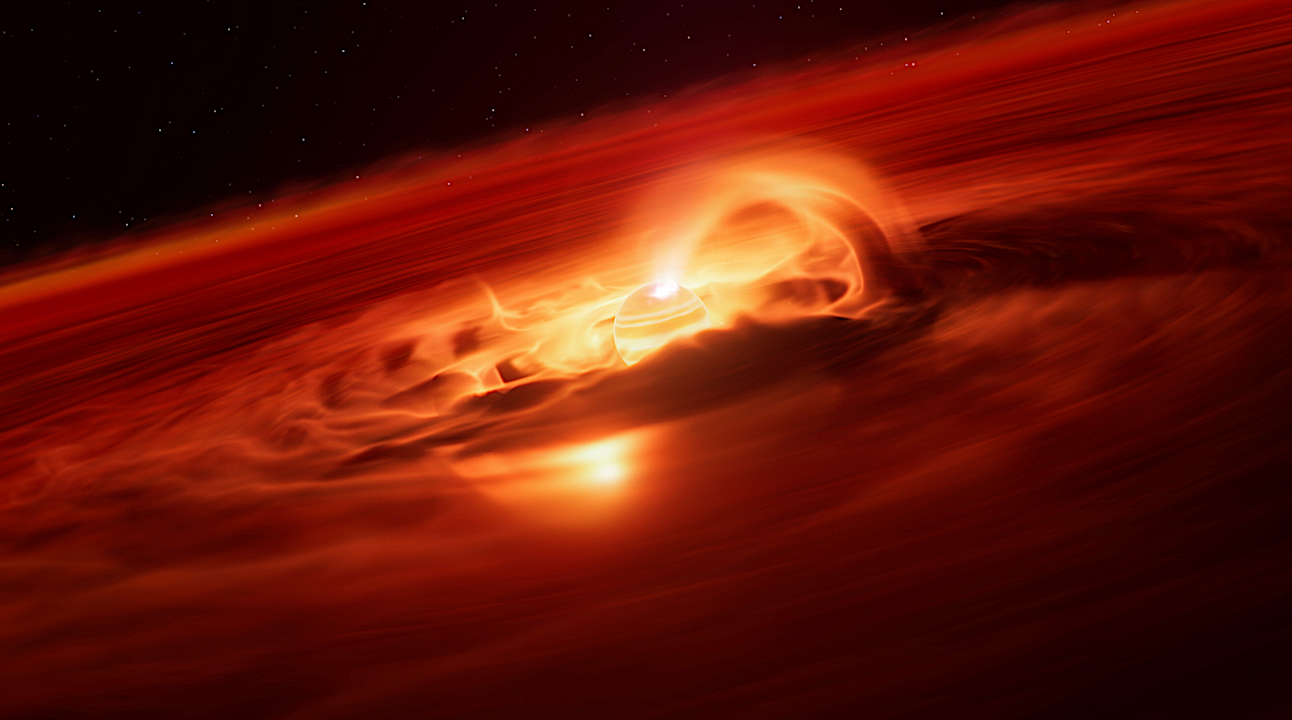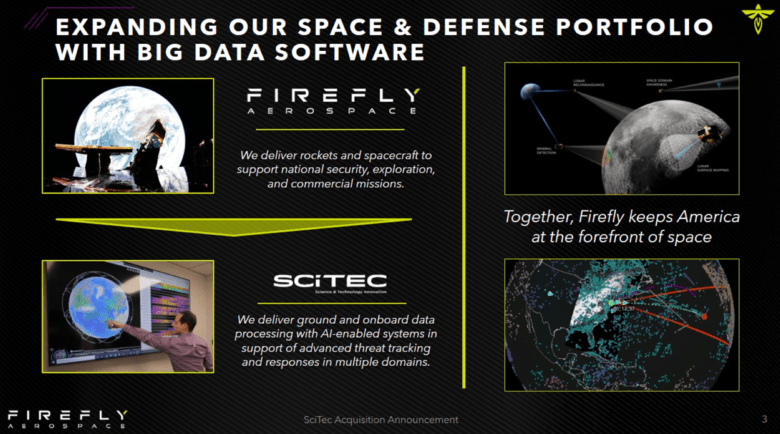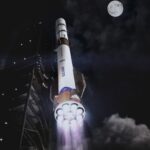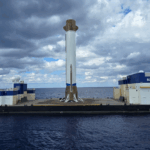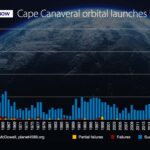Now Reading: ESA inaugurates new deep space antenna in Australia
-
01
ESA inaugurates new deep space antenna in Australia
ESA inaugurates new deep space antenna in Australia
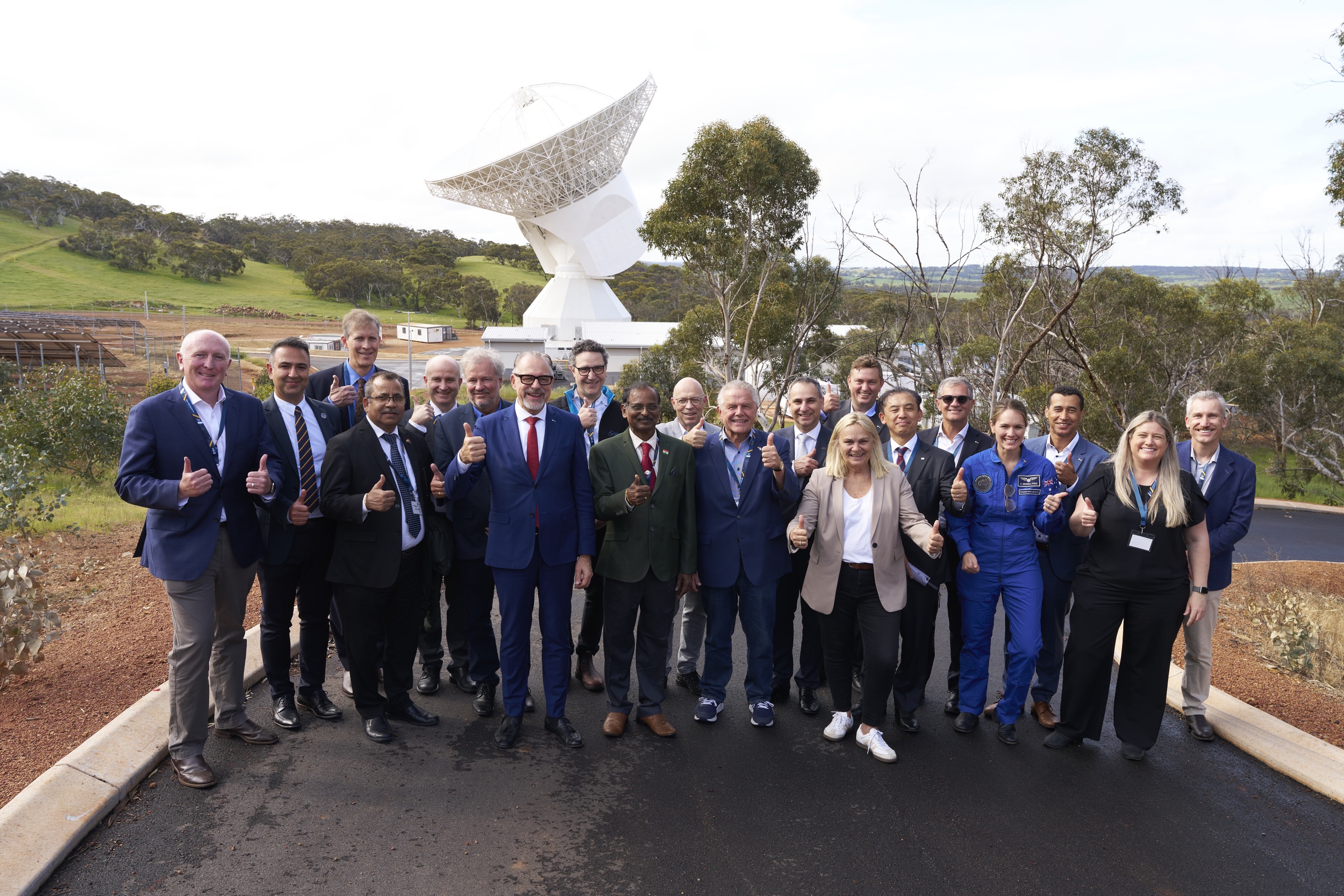

SYDNEY — The European Space Agency has inaugurated a new deep space antenna in Australia as part of efforts to strengthen ties between Europe and Australia in space.
At an Oct. 4 event in New Norcia, Western Australia, ESA marked the completion of a new 35-meter antenna for communicating with spacecraft throughout the solar system. The antenna is the second at New Norcia and the fourth in ESA’s Estrack network worldwide.
“This strategic investment reinforces ESA’s deep space communication capabilities and maximizes the return of our missions’ most valuable asset: data delivered from spacecraft voyaging far from Earth,” Josef Aschbacher, ESA’s director general, said in a statement about the opening.
The antenna, called New Norcia 3, will support communications with ESA spacecraft once it begins operations, expected next March. It includes upgrades such as cryocooling of the receiver to reduce noise and increase sensitivity.
“It’s the most modern, most advanced antenna ESA has,” said Mehran Sarkarati, head of ESA’s ground station engineering division, at a briefing last month about the project.
The antenna joins a similar one at New Norcia and others in Argentina and Spain to meet growing demand for space communications. “Everything is becoming more data intensive: our payloads and instruments are becoming more advanced, and our missions are increasing,” Sarkarati said.
“Even with this, we are going to be short on capacity,” he added, noting that ESA is proposing to build a fifth deep space antenna in South America.
New Norcia 3 cost ESA 62.3 million euros ($73.2 million). The Australian government contributed 4 million Australian dollars ($2.6 million) to support the antenna’s development.
Enrico Palermo, head of the Australian Space Agency, said at the briefing that his country’s contribution was not tied to a specific part of the project but to general support. The agency expects the antenna to generate an economic impact of $4.5 million annually over its 50-year life. “That’s quite a significant economic return, locally, on the $4 million investment,” he said.
The New Norcia site is managed by Australia’s national science agency, CSIRO, which also operates NASA’s Deep Space Network complex near Canberra. “It deepens Australia’s reputation in deep space communications,” Palermo said. “We want to remain a trusted partner in the world’s exploration missions, and we see that continuing through New Norcia 3.”
The broader partnership between Europe and Australia in space, which dates back decades, is also expanding. During the International Astronautical Congress here Sept. 29, the Australian government announced plans to pursue a formal cooperative agreement with ESA. That could eventually give Australia a status similar to Canada’s within ESA, allowing Australian companies and organizations to participate in ESA programs.
“New and exciting opportunities between the European and Australian space sectors are opening up with Australia announcing this week a mandate to begin negotiations on a cooperative agreement with ESA,” Aschbacher said.
Stay Informed With the Latest & Most Important News
Previous Post
Next Post
-
 012024 in Review: Highlights from NASA in Silicon Valley
012024 in Review: Highlights from NASA in Silicon Valley -
 02Panasonic Leica Summilux DG 15mm f/1.7 ASPH review
02Panasonic Leica Summilux DG 15mm f/1.7 ASPH review -
 03How New NASA, India Earth Satellite NISAR Will See Earth
03How New NASA, India Earth Satellite NISAR Will See Earth -
 04And Thus Begins A New Year For Life On Earth
04And Thus Begins A New Year For Life On Earth -
 05Astronomy Activation Ambassadors: A New Era
05Astronomy Activation Ambassadors: A New Era -
06SpaceX launch surge helps set new global launch record in 2024
-
 07Space Force plans new ‘Futures Command’ amid pressure to speed up modernization
07Space Force plans new ‘Futures Command’ amid pressure to speed up modernization












